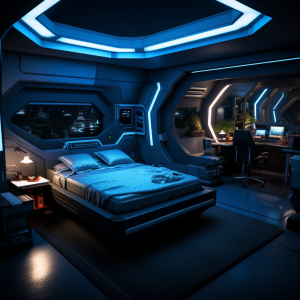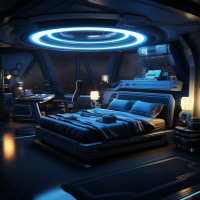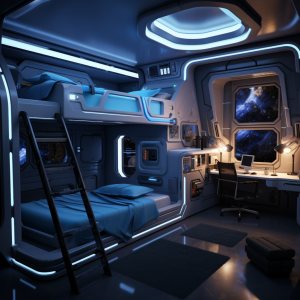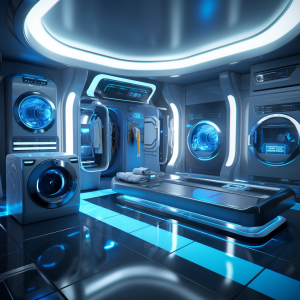Yugumo Corporation
- Main Article: Yugumo Corporation
- Organization: Corporations
- Faction: Yamatai Star Empire
- Region: Motoyoshi Colonial Sector
- Clan: Motoyoshi Clan
Designs Wanted
Structure
- Yugumo-Motoyoshi Design Collective (OOC) - OOC Management Info
News
Company Issued Equipment
Corporate Security
Yugumo Fleetworks
Starships, Space Stations, Small Craft, and their Components.
Venture Businesses
Education
Food
Grocery
Tourism
Agriculture
Entertainment
Technology











